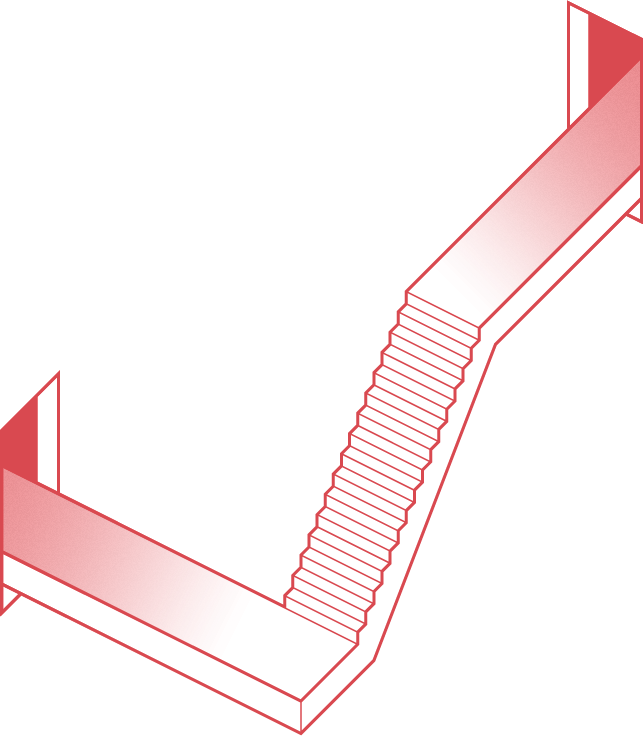An estimated 1.3 billion people worldwide experience significant disability – disability that limits their access to digital communications. In Canada alone, over 6 million people experience barriers to engaging with internet-delivered content. Response to the needs of this community has been slow, but web accessibility has evolved to become a foundational consideration in the development process – like privacy or security.
Equal or equivalent access for all.
That’s the goal.
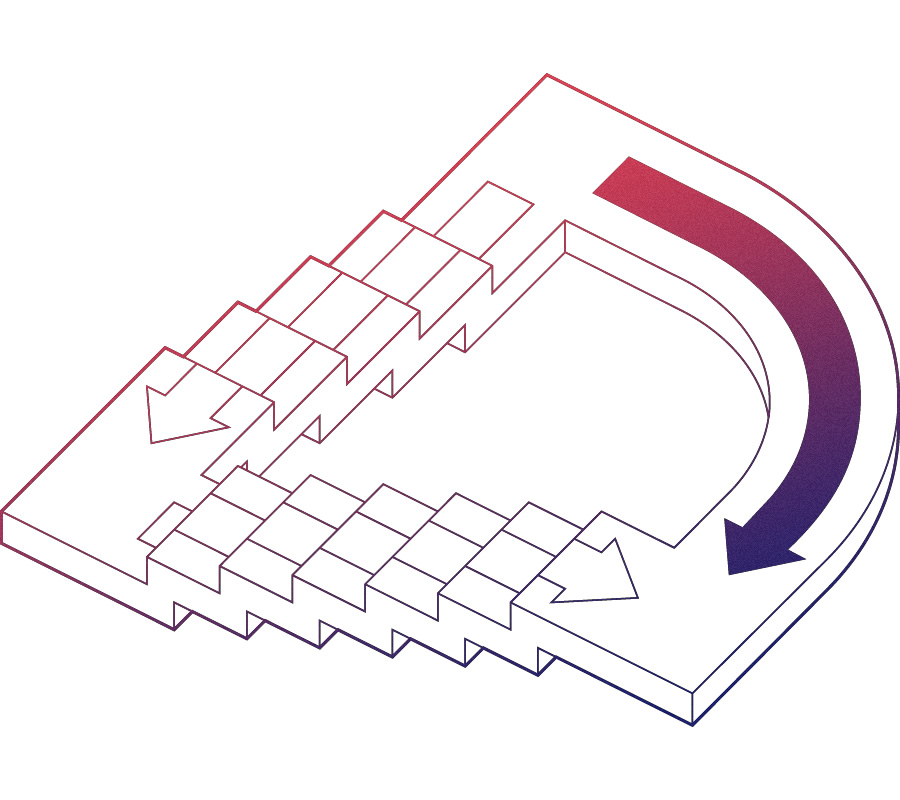
What are the challenges?
Lack of awareness and slowed adoption – communication is at the heart of the matter. Coupled with budgetary restraints, platform deficiencies and a general scarcity of specialized knowledge and resources, it stands as a significant hurdle on the path toward positive change.
Web accessibility can be costly to implement manually, especially for small businesses that lack the necessary internal resources. And while larger enterprises often do have engineering resources, they often lack the required expertise or experience. Given the frequency in which content is published to the internet, this “web accessibility gap” broadens exponentially every day – especially troubling considering how essential the internet has become to our daily lives.
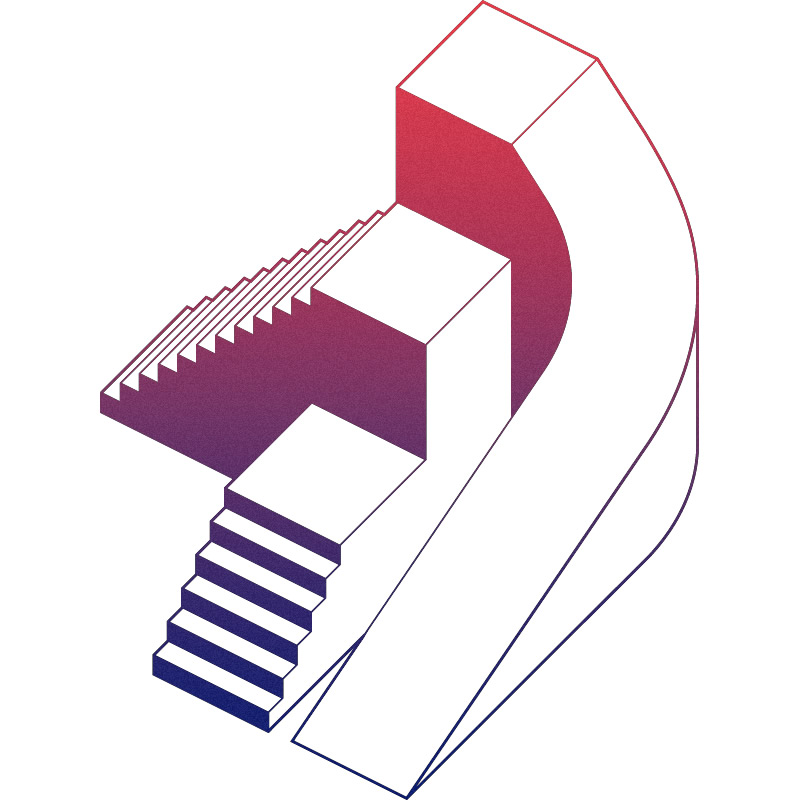
It’s all about numbers – create a distinct competitive advantage by making your website accessible to a sizable, underserved, and extremely loyal group of potential clients. And, in doing so, reduce your bounce rates and improve your overall search performance (yes, accessibility is a factor).
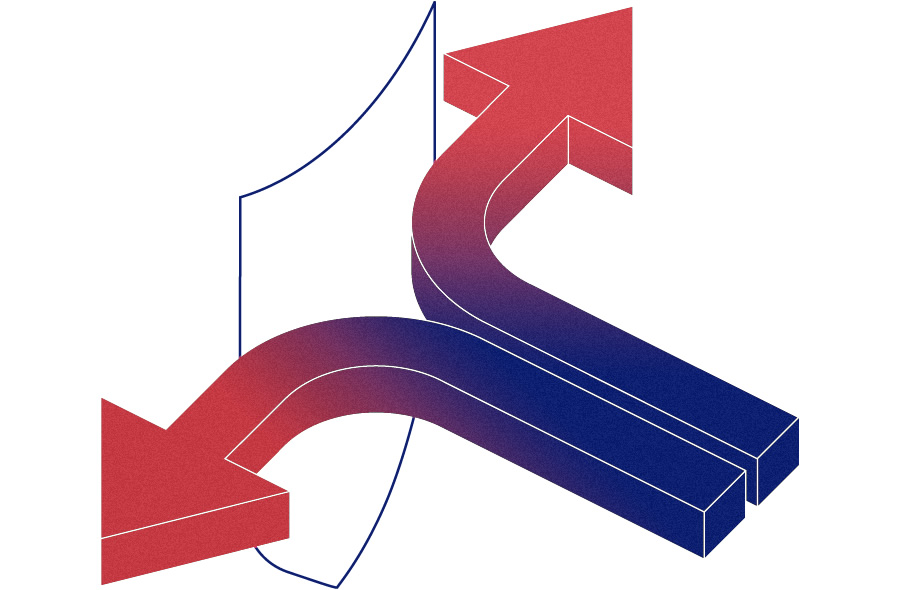
The Accessible Canada Act (ACA) is a federal law in Canada that requires various industries to comply with accessibility guidelines, inclusive of those governing their technology and communications. The Accessibility for Ontarians with Disabilities Act (AODA) is specific to the province of Ontario. Ratified in 2005, it has been championed by provincial authorities to better accessibility standards for services in Ontario. Infraction of either the ACA or AODA, where applicable, can result in penalty (scalable depending on whether the violation is “minor,” “serious,” or “very serious”.) An accessible website is every organization’s best defense against threat of penalty.
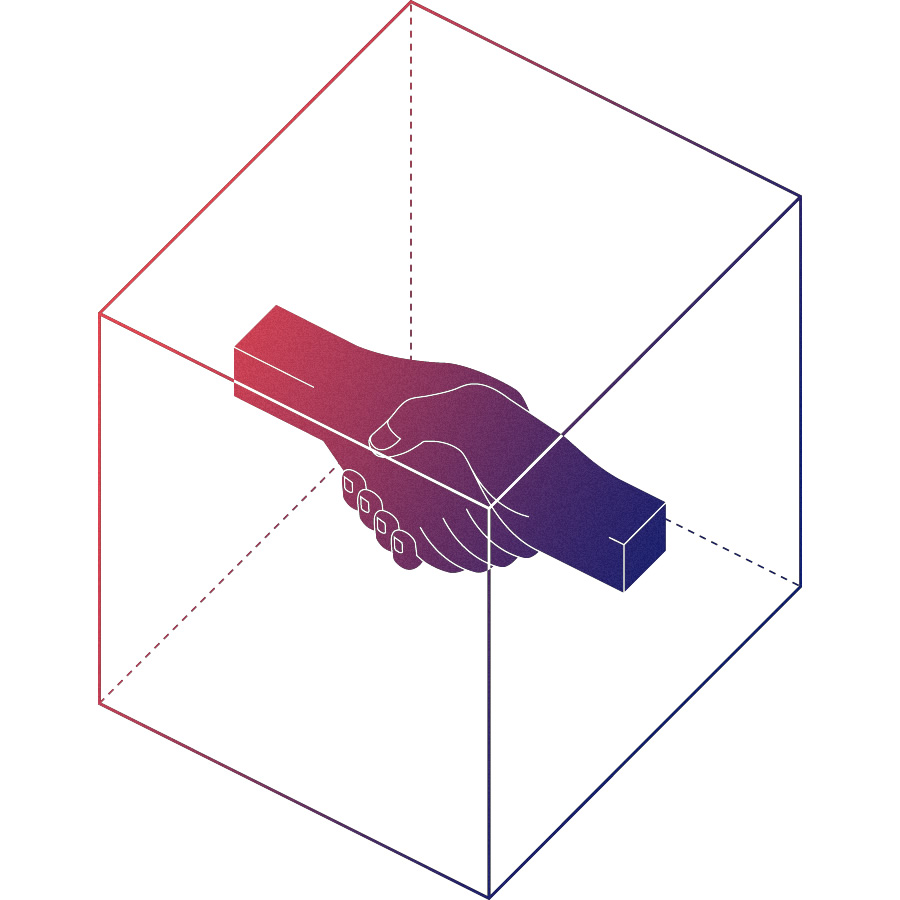
The Diversity, Equity, and Inclusion social movement is growing exponentially. Inclusivity is a civil rights issue, and brands that prioritize limit-free access to their web content send a clear and positive message that they acknowledge and respect all members of their client communities.
In our search to find a more cost-effective and scalable option for our clients, we’ve partnered with accessiBe to offer a single-installation web accessibility solution – accessWidget. Working in realtime and leveraging machine-learning, accessWidget (a) intercepts any accessibility issues on your site and mitigates them, and (b) provides a discreet interface (accessible via a small icon, which you can position in any corner of your site viewport) that allows the user to adjust nearly every aspect of your site to suit their unique needs.
Proper installation of accessWidget facilitates significantly increased usability and accessibility for site users with Epilepsy, visual impairments, cognitive and learning disabilities, ADHD, blindness and motor impairments. For participating clients, we’re offering accessWidget at a cost of $900.00 CAD per year/per domain – including installation and ongoing monthly maintenance as well as monthly audits/reports. Additionally, clients will have access to a full litigation support package for their site (documenting their full AODA-compliance), sufficient defense should anyone launch an accusation against them or their site(s).
Thanks to AI, web accessibility – at scale – is finally a reality.
accessWidget is currently installed on this page. Click on the icon in the bottom-left of your browser viewport to try it out.
Watch this 3-minute demo and this video of a person who is blind using accessWidget.
To learn more about accessWidget or to find out if your website is currently AODA and/or WCAG-compliant – email us.
